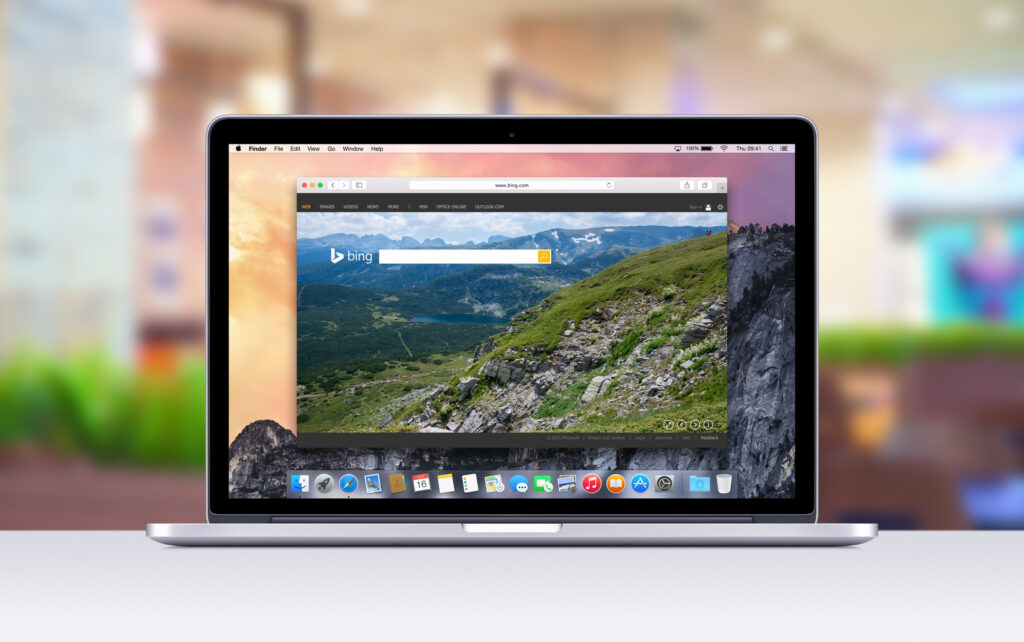
In today’s digital age, reliable and high-speed internet connectivity is crucial. Traditional internet service providers (ISPs) often struggle to reach remote or underserved areas, leaving many without adequate access. Enter Starlink, a satellite internet constellation project developed by SpaceX, with the ambitious goal of providing global internet coverage. This article explains what Starlink is, its costs, benefits, and drawbacks.
What is Starlink?
Starlink is a satellite internet service launched by SpaceX, the aerospace manufacturer and space transport company founded by Elon Musk. The project aims to provide high-speed, low-latency broadband internet to underserved and remote areas around the world. Starlink achieves this by deploying a constellation of small satellites in low Earth orbit (LEO), which communicate with ground stations and user terminals to deliver internet service.
How Much Does Starlink Cost?
As of now, the cost of Starlink service includes several components:
- Initial Hardware Cost: The Starlink Kit, which includes a satellite dish (user terminal), a Wi-Fi router, power supply, cables, and a mounting tripod, costs $499.
- Monthly Service Fee: The ongoing subscription for Starlink internet service is $120 per month for residential households. Price are more for roamers and boaters.
- Shipping and Handling: There is an additional charge for shipping and handling, which varies by location but is typically around $50.
These costs might seem steep compared to some traditional ISPs, but for those in remote or underserved areas, Starlink provides a viable alternative where other options are limited or nonexistent.

Pros of Starlink
Here are some of the key advantages that make Starlink an appealing option for those seeking reliable internet service in challenging locations:
- Global Coverage: Starlink aims to provide internet access to every corner of the globe, especially benefiting rural and remote areas.
- High-Speed Internet: Users report download speeds ranging from 50 Mbps to 150 Mbps, with the potential to reach even higher speeds as more satellites are deployed.
- Low Latency: Due to the low Earth orbit of the satellites, Starlink promises lower latency compared to traditional satellite internet services, making it suitable for activities like video conferencing and online gaming.
- Easy Installation: The Starlink Kit is designed for easy self-installation, and the system is operational shortly after setup.
Cons of Starlink
Despite its numerous benefits, Starlink also has some drawbacks that potential users should consider:
- Cost: The initial hardware cost and monthly subscription fee can be prohibitive for some users.
- Weather Dependency: Starlink’s performance can be affected by severe weather conditions, such as heavy rain or snow, which may interrupt service.
- Visibility Concerns: The large number of satellites in low Earth orbit has raised concerns among astronomers about light pollution and its impact on astronomical observations.
- Limited Availability: As of now, Starlink is still in its beta phase (known as “Better Than Nothing Beta”), and availability is limited to certain regions. Full global coverage is expected in the coming years as more satellites are launched.
Conclusion
Starlink represents a significant advancement in the quest to provide global internet connectivity. Its potential to bridge the digital divide in remote and underserved areas is a game-changer. However, the costs and some performance limitations need to be weighed against the benefits. As SpaceX continues to expand the Starlink constellation and refine its technology, it will be fascinating to see how this ambitious project evolves and impacts the world of internet connectivity.
For more information, check out Starlink.com.
Featured Image Credit: Deposit Photos




